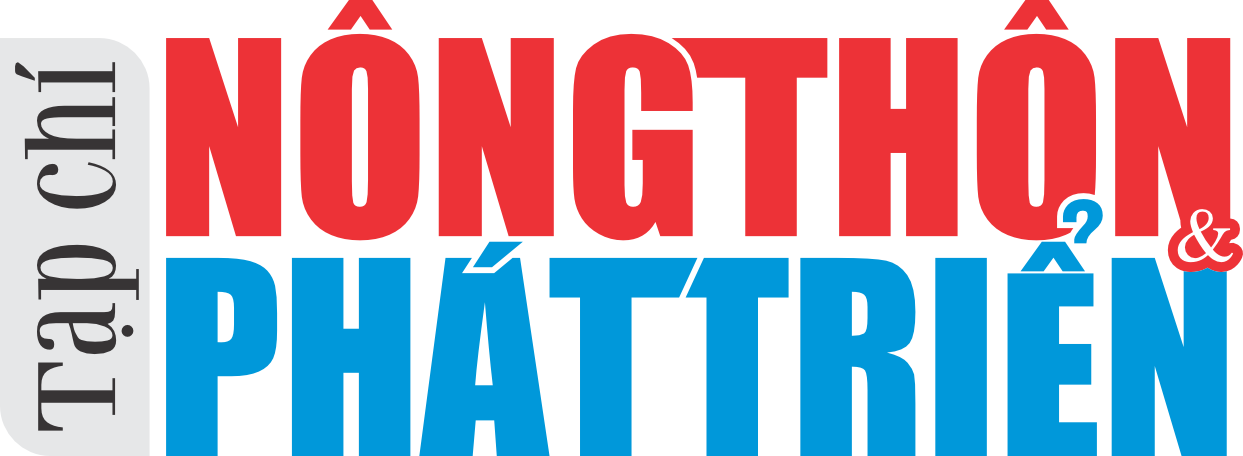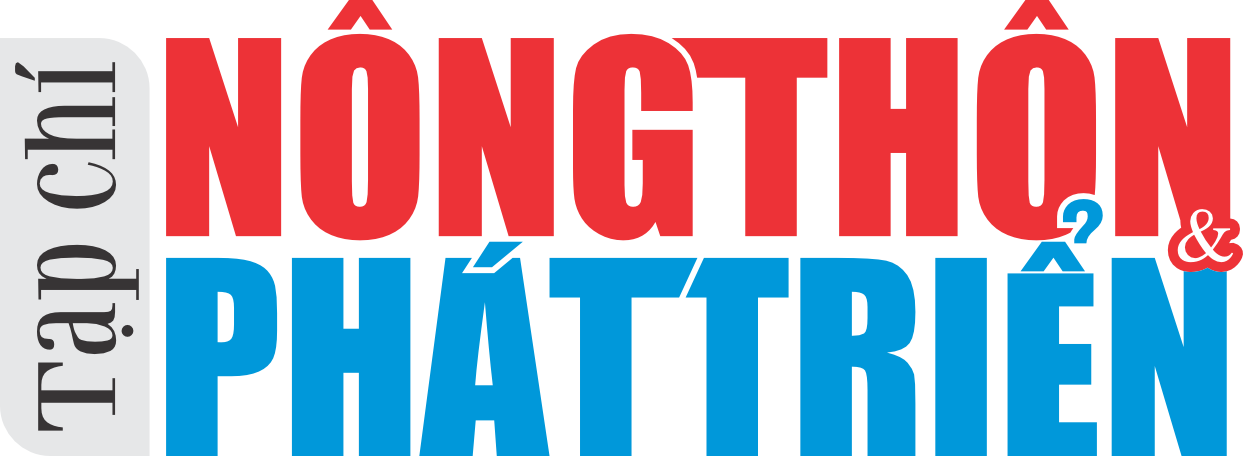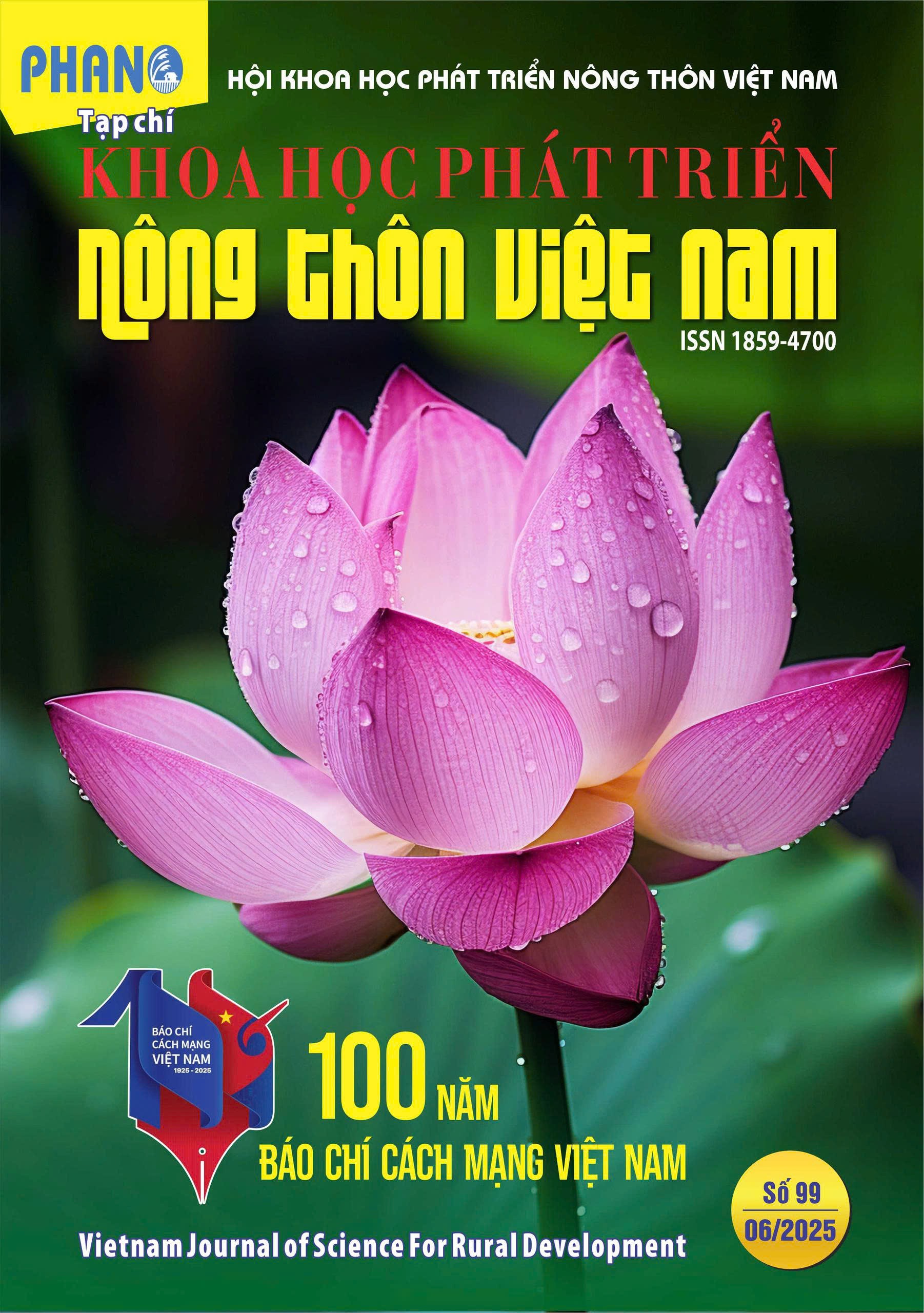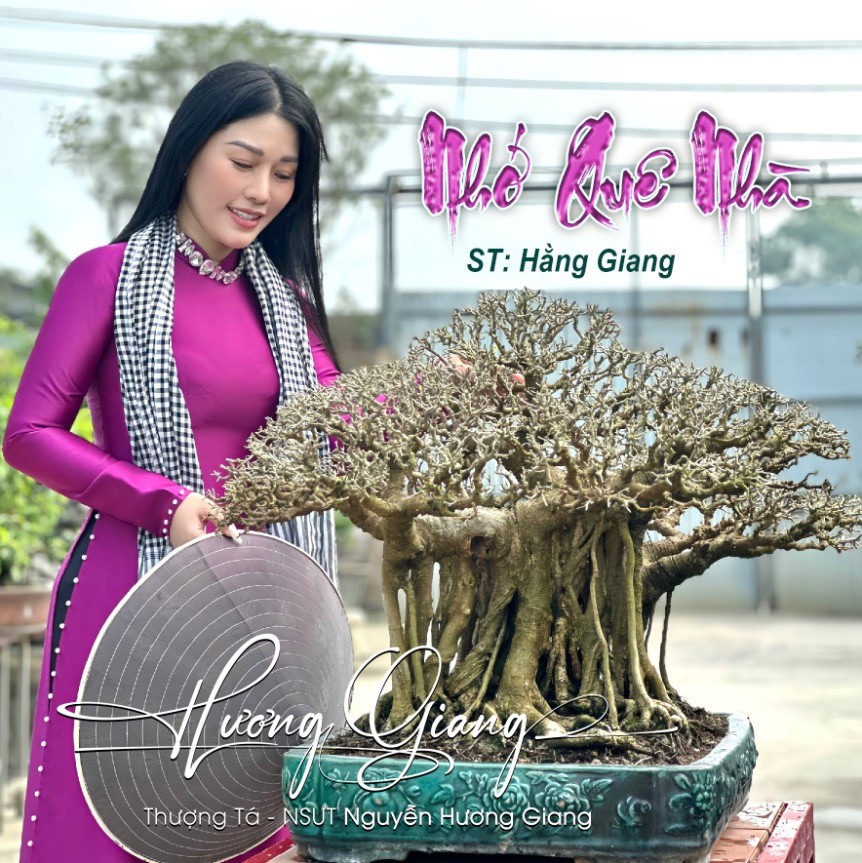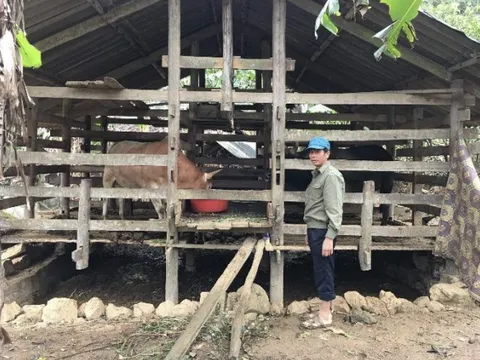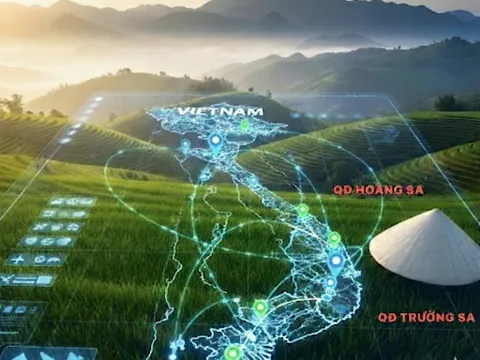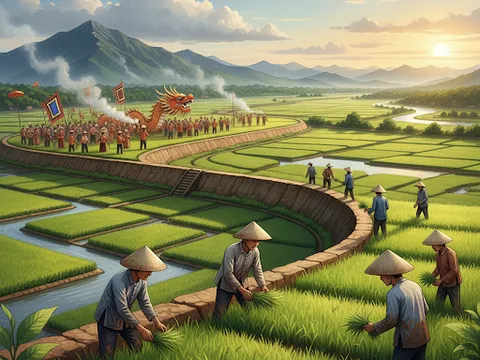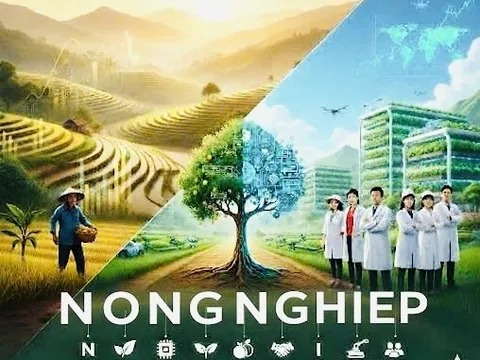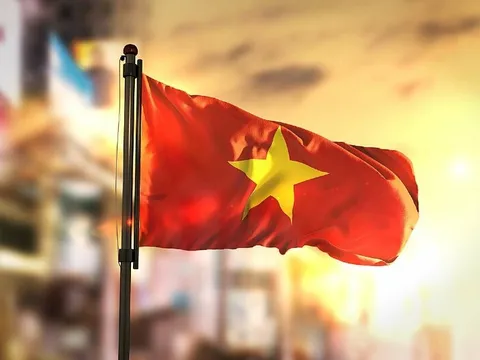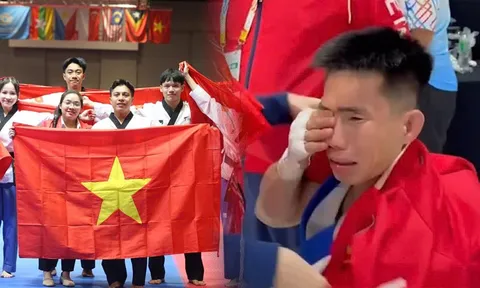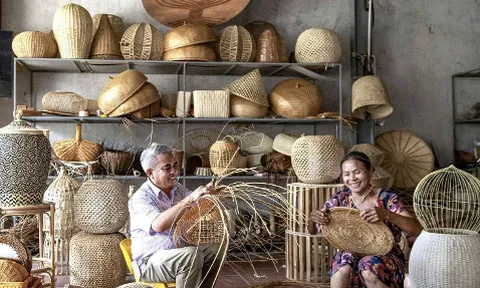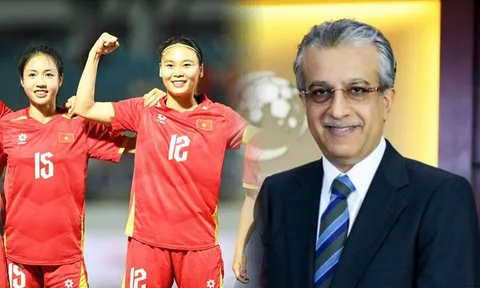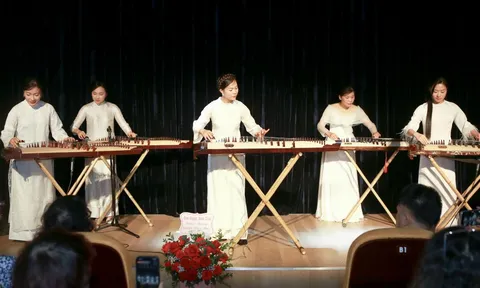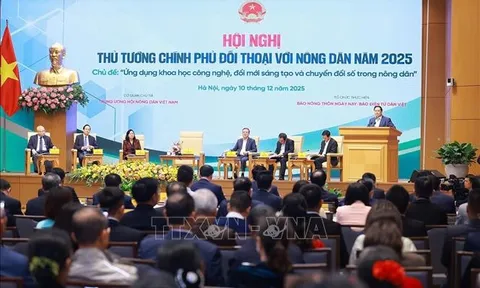The book focuses on core themes such as the roots and identity of the Vietnamese people, the influence of Chinese civilization and other cultural traditions, as well as the role of economic, social, and political factors in shaping culture. The intellectual value of An Outline History of Vietnamese Culture lies in its scientific approach, objective perspective, and profound national spirit. More than a precious reference for scholars, the work also serves to awaken pride and a sense of responsibility in preserving Vietnam’s cultural identity.
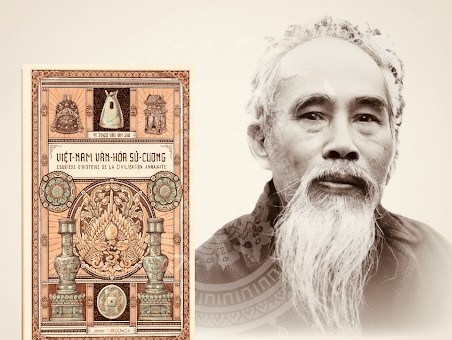
From a solutions-oriented journalistic perspective, this article will analyze a different dimension of Professor Đào Duy Anh’s scholarly contribution. Rather than simply offering praise, we will delve into the methodology he employed to illuminate the essence of Vietnam’s history and culture.
The article will in turn “decode” the fundamental concepts embedded in the six words that form the book’s title: Việt, Nam, Văn, Hóa, Sử, Cương. Within this framework, it will clarify key themes such as: “Việt tính: The essence of Vietnamese cultural identity”; “Nam tiến: A cultural current of continuous expansion”; and “Văn minh: The spiritual soul of a people”. It will then explore how he “resolved” (hóa giải) entrenched ways of thinking, how he treated “historical sources” (sử liệu) with scholarly rigor, and finally, how he built a robust “framework” (cương lĩnh) for future generations of researchers.
The objective of this article is not merely to revisit a classic work, but to uncover intellectual solutions and guiding principles that remain profoundly relevant to the contemporary cultural context.
(1) Việt tính – The Essence of Vietnamese Cultural Identity
Professor Đào Duy Anh is widely regarded as one of the pioneering scholars who gave clear definition to Việt tính (the essence of Vietnamese cultural identity) through an innovative methodology that combined historical analysis with sociological insights.
At its core, Việt tính is most vividly reflected in the deep-rooted sense of community. His research shows that the demands of wet-rice agriculture compelled the Vietnamese to unite in irrigation and dyke-building, forging a strong social structure that extended from the family to the village. Proverbs such as “tối lửa tắt đèn có nhau” (“standing together in times of hardship”) or “một con ngựa đau, cả tàu bỏ cỏ” (“when one horse suffers, the whole stable stops eating”) capture not only economic cooperation but also an enduring spirit of solidarity, especially in the face of foreign threats.
Another defining feature of Việt tính is its extraordinary adaptability and ability to integrate external influences. As Professor Đào Duy Anh observed, across centuries of cultural encounters, most notably with Chinese civilization, the Vietnamese were not subsumed. Instead, they skillfully absorbed and transformed outside elements, enriching their own identity. The adaptation of Chinese characters into Nom characters and the Vietnamization of Confucianism are striking examples of this process, resulting in a system of thought aligned with Vietnam’s social realities.
Before Đào Duy Anh, cultural studies in Vietnam tended to be fragmented, largely descriptive and lacking in analytical depth. With An Outline History of Vietnamese Culture, he introduced a groundbreaking methodology: examining culture through its historical evolution and social context. This work laid a firm foundation for the creation of an independent scholarly framework for Vietnamese cultural studies, liberating it from reliance on both Western and Chinese theories.
Published in 1938, amid the surge of the nationalist movement, the elucidation of Việt tính was not merely an academic achievement but also a cultural awakening and an assertion of national spirit. Professor Đào Duy Anh underscored the intrinsic values of the Vietnamese people, enabling them to recognize a cultural heritage that was both ancient and unique. In doing so, he reinforced national pride and strengthened the consciousness of independence.
Following An Outline History of Vietnamese Culture, many other scholars continued to develop and expand upon this concept. The book endures not only as a seminal academic work but also as a cultural manifesto - a powerful declaration of the independent existence of Vietnamese cultural identity.
(2) Nam tiến – The Southward Expansion as a Cultural Current
Professor Đào Duy Anh broadened the notion of Nam tiến beyond the confines of migration or territorial expansion. He interpreted it as an ongoing cultural process, in which the Vietnamese not only expanded their living space but also absorbed and integrated new cultural elements.
In contrast to views that emphasize only the culture of the Red River Delta, Đào Duy Anh demonstrated that Vietnamese identity was forged and enriched through the southward movement. Nam tiến transformed Vietnamese culture from a static entity into a dynamic current that continually expanded and diversified itself.
In their encounters with Cham and Khmer civilizations, the Vietnamese displayed exceptional adaptability. They incorporated local customs, beliefs, and agricultural techniques, thereby creating a more diverse cultural identity while still preserving the core essence of being Vietnamese. The blending of musical traditions such as the Hue court music bearing Cham influences or the improvements in irrigation systems in Central and Southern regions stand as tangible evidence of this cultural synthesis.
Đào Duy Anh also suggested that Nam tiến served as a response to demographic pressures in the Red River Delta. More importantly, however, he saw it not merely as a release valve but as an opportunity for cultural growth. The opening of new lands demanded resilience, creativity, and self-reliance, qualities that became ingrained in the Vietnamese character.
This perspective helps explain the cultural diversity of modern Vietnam. While the three regions North, Central, and South share common roots, each bears its own distinct traits shaped by historical encounters with indigenous cultures. Such an interpretation offers practical insight, allowing readers to understand the deeper origins of regional differences while fostering respect and harmony across regions.
The process of Nam tiến ultimately stands as proof of Vietnamese culture’s enduring capacity for adaptation and renewal. It also provides a valuable lens for addressing contemporary cultural challenges: rather than retreating in the face of globalization, the Vietnamese can continue to embrace their gift for integration, selectively absorbing global values to further enrich their own identity.
(3) Văn minh – Civilization as the Spiritual Soul of Culture
Professor Đào Duy Anh approached the concept of civilization not only through its material expressions such as architecture or technology but more importantly through its spiritual dimensions, which he regarded as the soul of any culture. He believed that the progress of a nation depended not solely on material achievements but also on the advancement of thought and consciousness. His analysis therefore focused on the formation and transformation of spiritual elements such as belief systems, ideologies, and philosophies. For instance, he examined the fusion of Buddhism, Confucianism, and Taoism in Vietnam, illustrating how the Vietnamese absorbed and reshaped these doctrines to align with their own identity, thereby creating a complex and deeply humanistic system of thought.
By placing emphasis on spiritual factors, Professor Đào Duy Anh transformed history into a living narrative. He did not merely recount dynasties or wars, but delved into the sentiments, intellect, and inner life of the Vietnamese across different eras. Through this lens, readers could trace the intellectual and spiritual growth of the nation throughout its historical journey.
His conception of civilization differed markedly from that of many contemporaries, who tended to focus narrowly on political or military events. He was a pioneer in applying sociological and anthropological methodologies to the study of cultural history, thereby laying the foundation for subsequent research in the field. His work was not only a repository of knowledge but also carried profound educational significance. By clarifying the trajectory of Vietnamese civilization, he affirmed national pride in a manner that was both scientific and compelling.
(4) Hóa giải - Resolution
Professor Đào Duy Anh pursued a liberating approach to historical research, breaking away from traditional views that tended to glorify and politicize the past. Earlier studies were often framed through a Confucian lens, with the central aim of venerating monarchs and dynasties.
He was among the first Vietnamese scholars to approach history in a truly scientific spirit, stripping away mythologized layers and probing into its social foundations. Rather than merely recording events, he examined their underlying causes, exposed the limitations of feudal policies and ideologies, and did not hesitate to acknowledge the shortcomings and mistakes of earlier generations. This constructive stance offered readers a more comprehensive and objective perspective, helping to free historical thinking from the confines of excessive veneration devoid of critique.
Although influenced by historical materialism, Đào Duy Anh localized and applied it with remarkable flexibility. He integrated economic, social, and cultural factors into his interpretation of historical change, marking a breakthrough compared with conventional historiography. This “resolutive spirit” permeated not only his seminal work but his entire career, standing as a testament to his independence of thought and intellectual integrity.
In today’s context, that spirit remains highly relevant. It provides a way of confronting history with candor, acknowledging both strengths and weaknesses, thereby laying the groundwork for a sustainable cultural identity built on knowledge, critical reflection, and scientific analysis.
(5) Sử liệu - Historical Sources
Professor Đào Duy Anh was among the first to apply a rigorous and systematic approach to historical sources. He offered a way out of traditional historiography, which had long been dominated by repetition and citation with little critical analysis. He demonstrated convincingly that historical records do not always provide a complete or objective reflection of the truth.
With great care, he compared and cross-referenced a wide range of materials such as classical Nom texts, Chinese chronicles, and even folk traditions. This method allowed him to “resolve” contradictions and expose inaccuracies in earlier accounts. More importantly, he situated these sources within the broader social and cultural context, transforming scattered records into a coherent and logical sequence of developments. From this synthesis, he was able to discern patterns and underlying principles in the evolution of Vietnamese culture. In doing so, he turned history from a dry sequence of events into a compelling and integrated narrative.
His scientific methodology in handling historical sources paved the way for subsequent generations of scholars, encouraging them to approach documentation with independence and critical judgment rather than passive acceptance.
(6) Cương lĩnh - Framework
Through his seminal work An Outline History of Vietnamese Culture, Professor Đào Duy Anh established a theoretical framework for the study of Vietnam’s history and culture. At a time when Vietnamese scholarship was still in its infancy, he provided a fundamental solution: the construction of a coherent scientific methodology.
Before this work, studies of culture were often fragmented and lacking in cohesion. Đào Duy Anh systematized concepts, events, and ideas, arranging them logically to create a panoramic view of Vietnam’s cultural development. In doing so, he transformed what had seemed an amorphous and complex field into a structured discipline with its own internal coherence.
The book also laid the foundation for applying a form of historical materialism (adapted rather than strictly following Western theory) to the interpretation of cultural phenomena. He demonstrated how economic, social, and geographical factors profoundly shaped the formation and transformation of culture. This liberating approach provided subsequent scholars with a compass for pursuing deeper, more rigorous research.
Although written within a specific historical and academic context, An Outline History of Vietnamese Culture has retained both its value and its relevance. Many of Đào Duy Anh’s key concepts such as Việt tính and Nam tiến continue to inform and inspire modern research, underscoring his remarkable foresight. More than just a repository of foundational knowledge, the work has profoundly shaped the intellectual orientation of generations of students and scholars.
Conclusion
Professor Đào Duy Anh’s An Outline History of Vietnamese Culture is not merely an academic work; it stands as a manifesto offering solutions for the development of Vietnamese scholarship. By constructing a rigorous scientific methodology, he was the first to articulate the idea of “Việt tính” with communal spirit and an extraordinary capacity for cultural integration.
He also redefined “Nam tiến” as a dynamic cultural process, while emphasizing the spiritual dimensions in the evolution of civilization. More than a single scholarly endeavor, his work embodied a spirit of “resolving” - breaking away from entrenched modes of thought and moving beyond the Confucian lens to approach history with objectivity. Through his meticulous and systematic use of historical sources, Professor Đào Duy Anh built a robust intellectual framework that has shaped the thinking of generations, reinforcing both national independence and cultural pride.
This article reflects the author’s own perspective and style.
